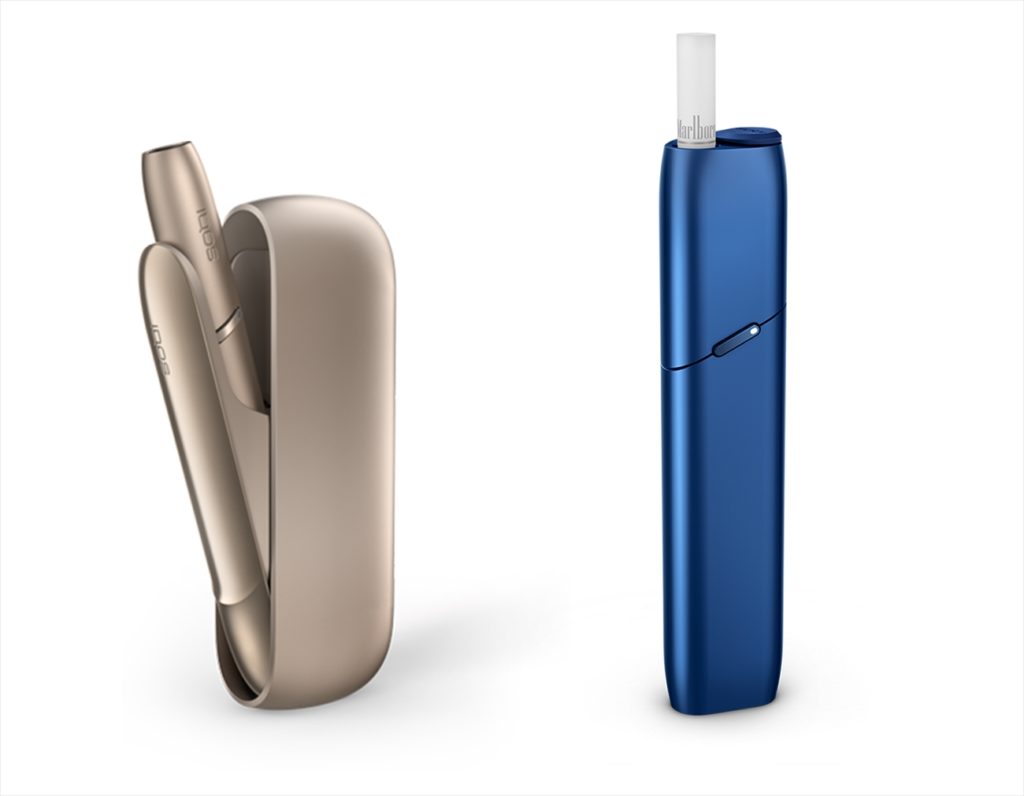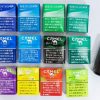Tobacco damage is currently the most important health problem in the world. In the past decade, emerging tobacco products have begun to appear in the world, such as electronic nicotine (or non-nicotine) delivery devices, also known as electronic cigarettes. The principle is to heat liquid to generate steam.

Heating but not burning cigarettes are actually a mixture of traditional cigarettes and electronic cigarettes. The most famous brand is IQOS. Both heating cigarettes and electronic cigarettes have equipment for heating, not burning, and there will be no burning smoke. , but what IQOS uses to heat is not nicotine liquid like e-cigarettes, but real tobacco. Electronic cigarettes are relatively new products, but the number of users has increased surprisingly rapidly, and may surpass traditional cigarettes in the next five years. The current global sales volume has reached 10 billion US dollars.
Few studies have compared the effects of e-cigarettes, IQOS, and traditional cigarettes on the lungs, examining the harm of exposure to IQOS on human respiratory epithelial cells and smooth muscle cells, and comparing them to the harms of e-cigarettes or traditional cigarettes.
The results found that whether in bronchial epithelial cells or airway smooth muscle cells, traditional smoke will reduce the cell viability, and whether the concentration is 1%, 5% or 10% will make the cells release LDH (lactate dehydrogenation? / cell damage reference). value), e-cigarettes have similar toxicity at concentrations of 5% and 10%. Interestingly, the toxicity of IQOS is the same as that of traditional cigarettes, whether the concentration is 1%, 5% or 10%. Both traditional cigarettes and electronic cigarettes can cause inflammation of the lungs, and exposure to traditional cigarettes can cause cells to release CXCL8 (substances released by damaged cells) according to the concentration.










